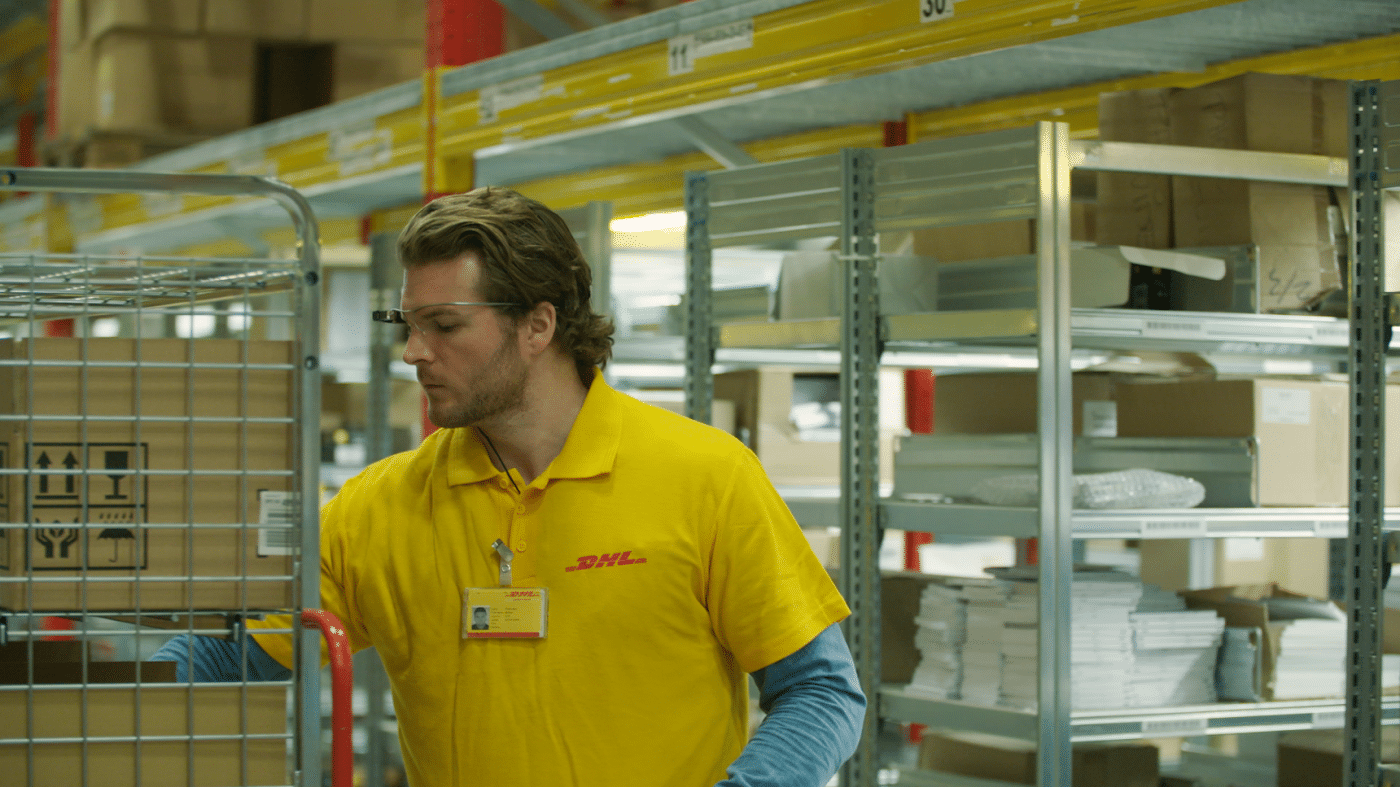
This post is adapted from ARtillry’s latest Intelligence Briefing: Enterprise XR: Impacting the Bottom Line. More can be previewed here and subscribe to access the full report.
Augmented Reality Check: Enterprise Challenges
Though XR can help enterprises achieve operational efficiencies and bottom-line impact, it’s important to acknowledge the challenges that counterbalance those opportunities. Having a sense of realistic hurdles can prepare market entrants.
The challenges are multi-dimensional but share a common trait: organizational inertia. Like many emerging technologies before it, XR will face resistance. And that happens on an organizational level but also through inter-departmental friction, as change agents champion it while others resist.
The Antibodies
At the heart of organizational behavior is a principle that large enterprises have a natural resistance to new technology. This interestingly resembles living organisms (sharing the Latin root, organ, meaning tool or instrument), which have an automatic resistance to disease or foreign substance.
“When you have a new technology, the antibodies come out to stop it,” said former Lockheed Martin CIO David Smith at an ARiA event. “That’s true for your body, except when it’s not a disease but something that takes similar resources: a baby. So the trick is to explain it’s not cancer, it’s a baby.”
Realware CEO Andy Lowery has a similar take. Due to natural resistance in organizations, Realware’s product design purposefully sidesteps known friction points. Its monocular headworn AR device operates on Android, and simply places a tablet interface in front of one’s eye.
“Enterprises like things that are conservative, understood and tested.” he said at the same event. “So by designing a wearable device that’s an Android tablet that frees your hands, we take a lot of that mystification out of the equation and [you] don’t need to worry about IT and security protocols.”
Other ways to tackle this natural resistance are to do it one step at a time. This can involve gaining buy-in of internal budget influencers in a slow process of pilot programs. Though it can take time, this process can help ease organizations — and the conservatism that rules them — in a gradual process.
“One bite at a time… that’s how you eat an elephant,” said Newport News Shipbuilding’s Patrick Ryan at the same ARiA event. “You spend a few weeks [on] a pilot project, then give it to a shipbuilder who saves 35 percent of his time. And then we take that to the next level, and the next, to big scale rollouts.”

Two Orders of Magnitude
Several ROI metrics we’ve assembled for this report have a consistent range of efficiency gains, which fall between 15 and 45 percent. Though that’s certainly attractive and sometimes “game changing” according to Upskill’s Jay Kim, it paradoxically isn’t enough in some cases.
Dan Bricklin, inventor of VisiCalc believes that for organizations to adopt new technologies, they have to be two orders of magnitude better than what’s currently being used. He explained this theory at an MIT event last year, built from the lessons he learned from disrupting analog spreadsheets.
“You have to be two orders of magnitude — that’s 100 times better — than what came before,” he said. “Doing a good-sized spreadsheet by hand took hours, but if you did it with an electronic spreadsheet, you can build something in minutes. That’s night and day difference, not just a little better.
This 100x delta is already being validated as a compelling ROI case for enterprise XR adoption. Specifically Newport News Shipbuilding’s Patrick Ryan was able to demonstrate similar efficiency gains for the inspection function of his operation, which is usually done with paper documents.
“We inspected a number of compartments on a ship and planned to take 36 hours with a big stack of drawings,” he said. “We did it with AR in 90 minutes. That’s a 95 percent cost takeout – the biggest we’ve ever seen. And that’s what breaks down barriers and you get that 100-1 success story.”
Another rule of thumb Bricklin applies to new technologies being sold to enterprises: It has to recoup its cost almost immediately. He witnessed this firsthand with the spreadsheet’s initial ability to replace $5000 per-month financial forecasting technology with a single Apple II running VisiCalc.
“In order to matter, the decision to use the new technology has to be obvious, a no brainer. It’s got to be something like two weeks payback,” he said. “That immediate justification for purchasing expensive hardware you didn’t have, along with the software, became known as being a killer app.”
Though this requirement for such large-scale payoffs is daunting, it’s not impossible to achieve, according to David Smith. And the good news is that once adoption happens, subsequent implementations of the same or related technologies are easier to push through.
“That 100x return is going to be an essential thing, which is why killer apps are so important,” he said. “They essentially open the hole in the organization that allows all the other cool stuff to happen.”
Organizations are People
When devising ways to get past organizational hurdles, it’s important to customize value propositions to specific needs. And with that thinking, it’s important to remember that organizations are made up of people. Their technology adoption likewise happens through people — albeit several people.
Put another way, new technology shouldn’t be sold only as solving a business problem – such as the ROI metrics cited throughout this report – but individual pain points. The dirty little secret is that budget holders often approve technologies that benefit them individually on a day-to-day basis.
When this advocacy happens on a greater scale, it can lead to cultural adoption. And given the power of culture, it can overcome lots of the adoption resistance and organizational inertia introduced above. This includes departments ranging from the assembly line to the C-suite, sometimes in that order.
“Technology up until now has been addressing white collar problems.” said Atheer’s Rika Nakazawa at June’s AWE conference. “And now this is something that’s very illuminating that blue collar factory workers are feeling like they’re able to take advantage of the technology.”
This goes back to Patrick Ryan’s elephant metaphor. When addressing pain points of individual stakeholders throughout an organization, advocacy can reach critical mass. Though it can take a while, this grass-roots approach throughout the org chart can be a powerful adoption driver.
“Grass roots efforts turn into a general manager becoming an advocate because he now sees it,” said Ryan. “Then the master ship builder says ‘I want this,’ in addition to the 18 year old that just started, and you get that top to bottom organizational adoption. That’s how you go from pilot to deployment.”
More can be previewed here and subscribe to access the full report.
For a deeper dive on AR & VR insights, see ARtillry’s new intelligence subscription, and sign up for the free ARtillry Weekly newsletter.
Disclosure: ARtillry has no financial stake in the companies mentioned in this post, nor received payment for its production. Disclosure and ethics policy can be seen here.

